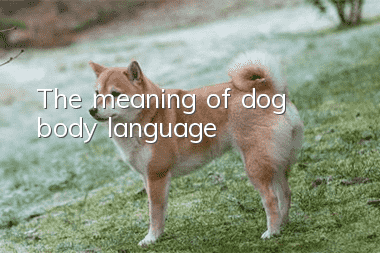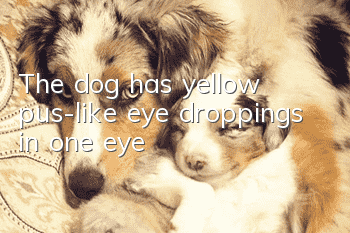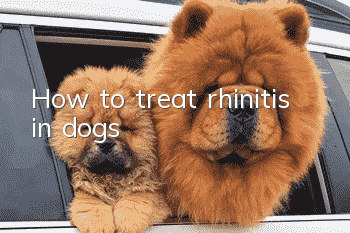The meaning of dog body language

When raising dogs, we often come into contact with dogs. They are smart, cute, lively and enthusiastic, but they can’t speak, and usually we don’t know how to communicate. In fact, they use actions to express themselves. As long as we understand the meaning of these actions, we will know what the dog wants to do. Now let’s learn about some dog body language.
Wagging tail
Wagging the tail of a dog is the most common action it does. Everyone generally thinks that the dog is expressing happiness. In fact, they wag their tails to express excitement. When they see someone they like, they wag their tails to express joy and excitement. When they see a stranger, they wag their tails to express fear or excitement. So when your dog wags its tail, you must first understand what kind of emotion it is excited about.
Creeping
When dogs put their front paws on the ground, raise their buttocks, as if they are about to attack, and keep wagging their tails, they actually want to invite their owners to play with them. When their owners make some moves, they will jump up and run away. Then look back to see if its owner has followed and responded to its invitation.
Exposing belly
When dogs get along with their owners, they will sometimes lie on their backs with their bellies exposed. Their bellies are their most vulnerable place and will only be exposed in front of people they feel safe with. At this time, you can gently touch the upper part of its belly, because the belly is their sensitive place, so try not to touch it.
Put your ears back and tuck your tail
There are two possibilities when they make this action, one is that they are afraid, the other is to express their submission. If it still retreats, it should be because they feel uneasy and there are things or people they are afraid of around. At this time, the owner should take it away from the environment or comfort it.
Stand up straight and open your ears
Dogs have very keen hearing. When they suddenly make such a move, it is usually because they have noticed something and are full of vigilance. If it feels that there is no danger, it will continue to do what it was doing. If it feels that someone is approaching again, it will keep roaring until it feels that the danger is over.
Blinking, turning head, yawning
When someone stares at it, it may blink, turn its head away from the person, or yawn. They don’t like to be stared at. This is a sign of their uneasiness, so don’t stare at them all the time. Dogs prefer to be petted.
Rolling around after taking a shower
After taking a bath, dogs like to roll around on the ground or in their own nests, rubbing back and forth. This is because after taking a bath, they want to get rid of the smell of shower gel or expose their own smell. Dogs have a hunting instinct, so they need to hide their whereabouts and cover up their scent.
Hiding food
Sometimes if you give your dog a bone or other snack, they will not eat it and will hide it in their nest or under the bed. It is also their nature to hide excess food and take it out to eat the next time they are hungry. Don't worry about their stomachs breaking down because of this. Their stomachs have very strong digestive functions and will not be affected even if they eat some spoiled food. But try not to let them eat spoiled things all the time.
Tickling slippers or kennel
Dogs like to lie down on their owner's slippers because they smell like the owner. Sometimes they will scratch the slippers first and then lie down. That is because they feel that your slippers are not flat enough and it is uncomfortable to lie down on them. The same reason is why they scratch their own nests. They also like a comfortable environment.
Notes
When faced with an angry dog, showing its fangs and wrinkling its nose, this is a warning they are sending: don’t get close, don’t run fast, and retreat slowly. Running fast is more likely to cause them to attack. .
- What are the more common diseases for dogs in summer? How to effectively prevent and treat them?
- Is the injection still effective 4 days after being bitten by a dog?
- What are the signs the day before a dog gives birth?
- What to do if your Old English Sheepdog catches a cold
- How to take care of a newly purchased puppy?
- Can dogs go out after being vaccinated?
- How many days can a male dog walk after being neutered?
- How to feed Corgi during pregnancy
- What to do about Shiba Inu constipation How to deal with Shiba Inu constipation
- Where does dog smell come from?



